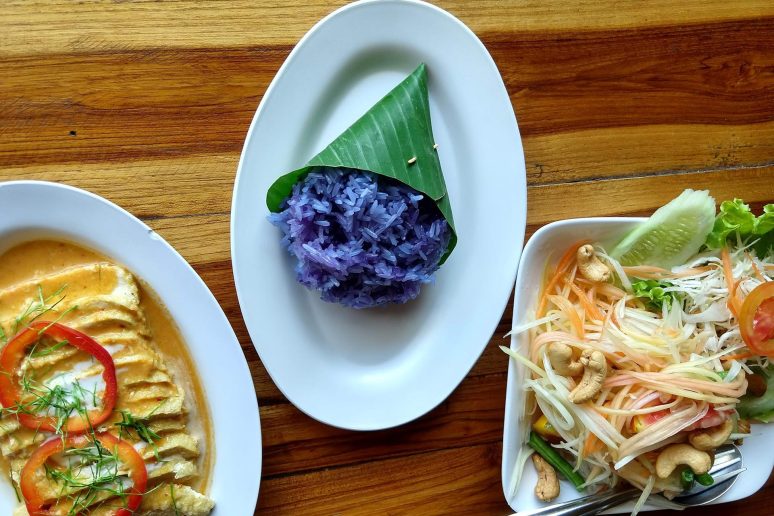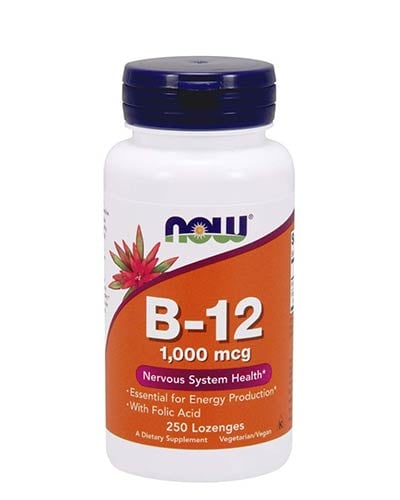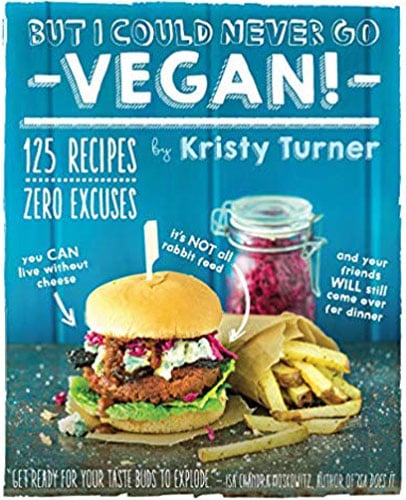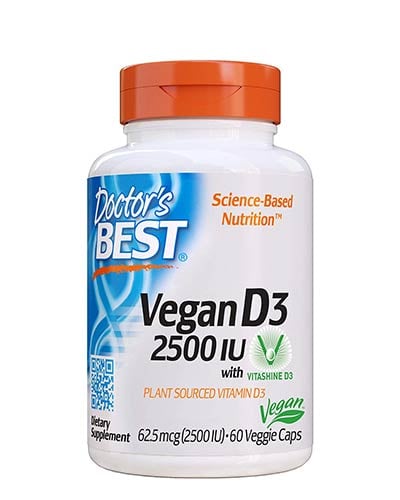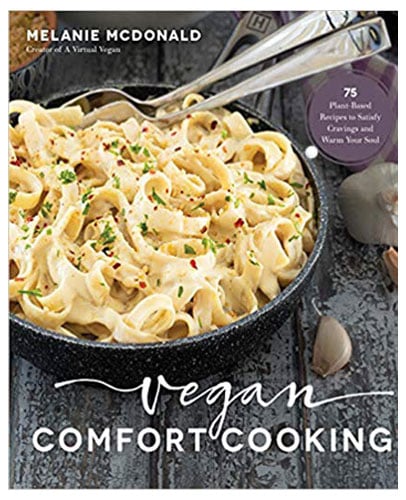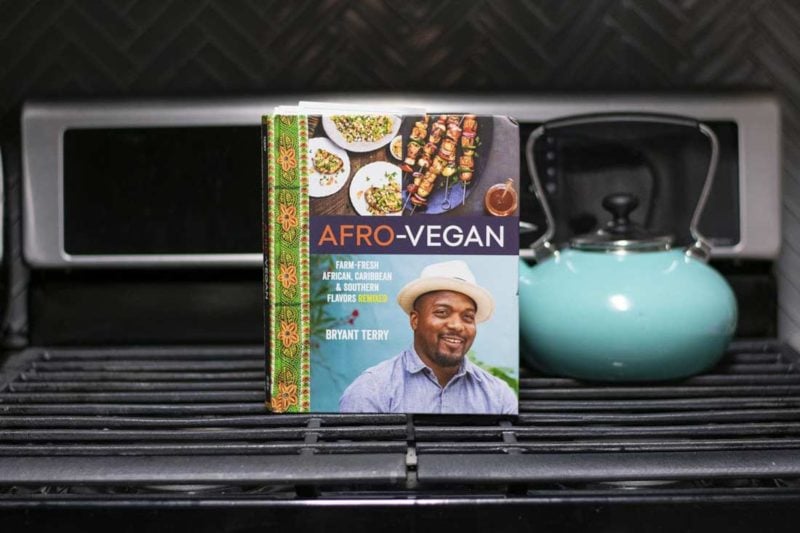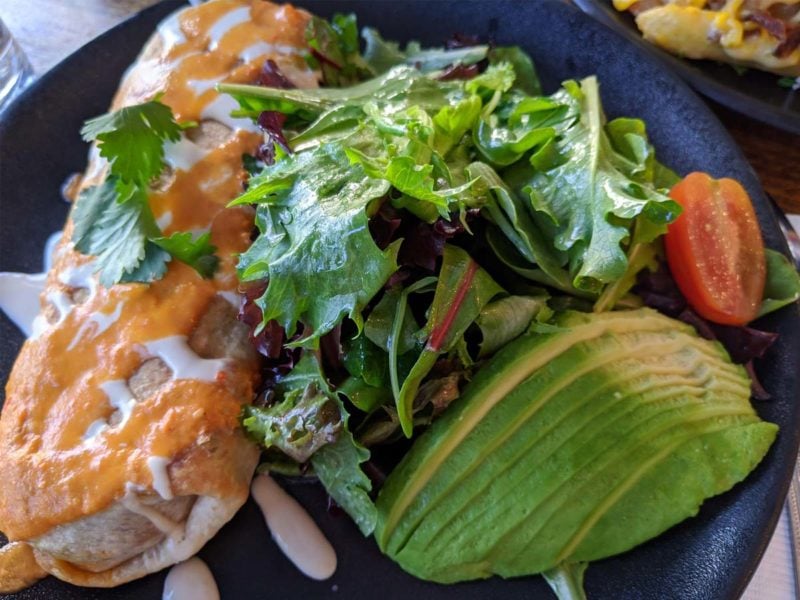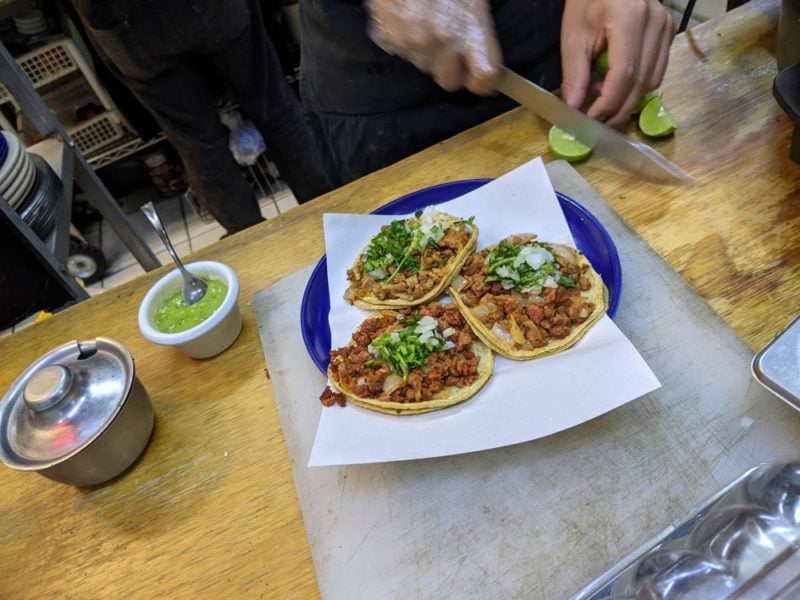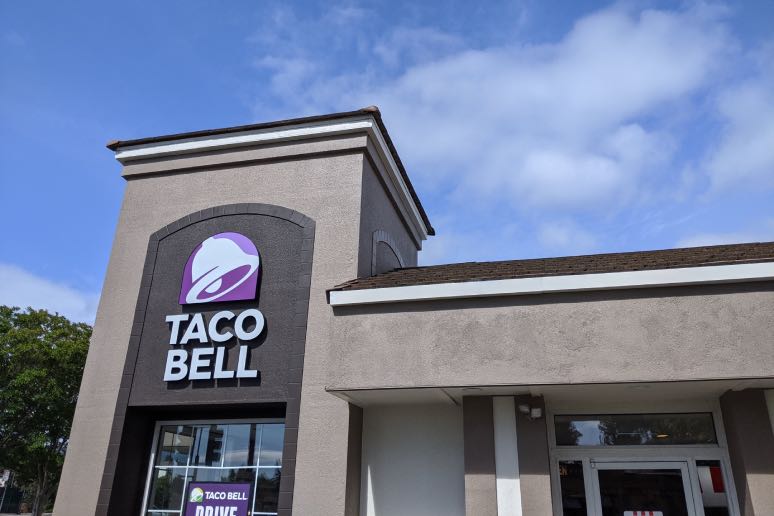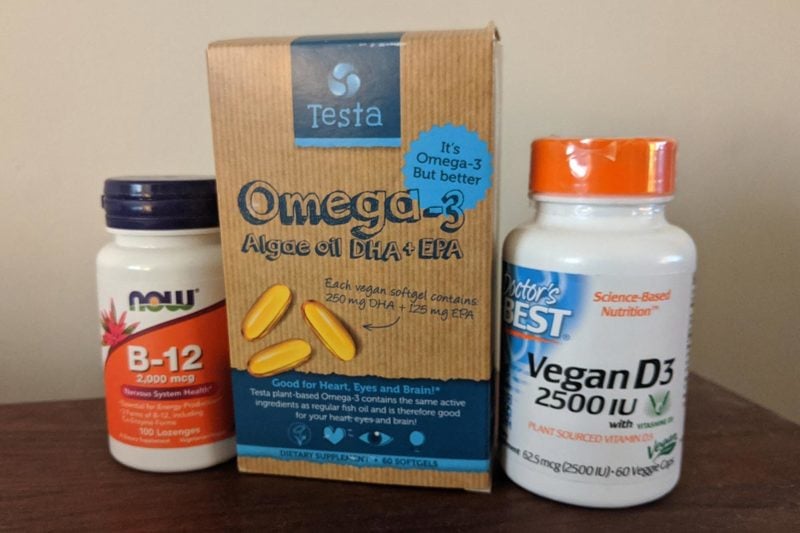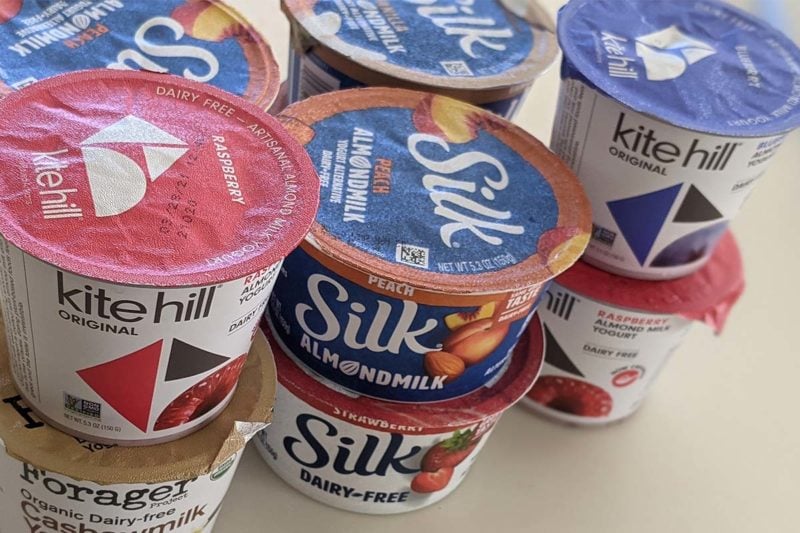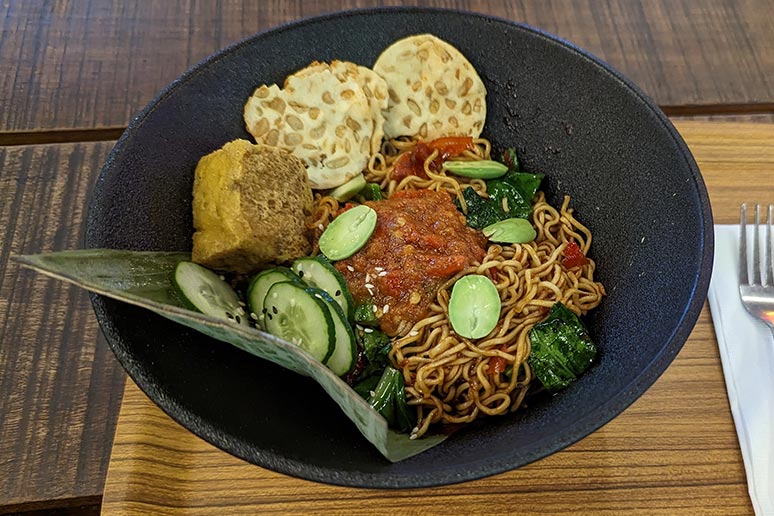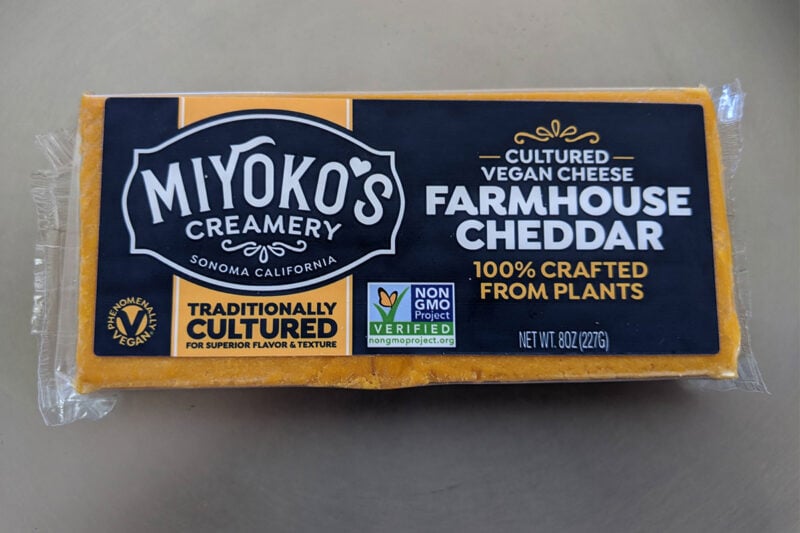Thai cooking ranks among the world’s most delicious vegan-friendly cuisines. At the same time, Thai restaurants pose substantial challenges to vegans. That’s because, like Japanese cooking, the seasonings that go into most Thai dishes typically include a minuscule amount of seafood. Of course, if you can find a Thai restaurant that specifically offers a vegan menu section, these concerns disappear.
If you’re cooking at home, it’s super easy to cook delicious vegan Thai meals filled with authentic flavors you won’t encounter anywhere else. Plus, as with Mexican cuisine, many classic Thai dishes are simple and straightforward, and thus easily mastered even by novice cooks.
In this article, I will help you navigate the menu when eating at Thai restaurants. I’ll also offer advice for cooking Thai dishes at home. And finally, since I’ve spent months living in Thailand, I’ll share everything I know about how to find sensational food if you’re lucky enough to visit the country.
The Essentials of Thai Cooking
A wide gap exists between the food served in Thai restaurants and the food that Thais typically eat. Thailand has loads of inexpensive restaurants for locals that open shortly after sunrise, before the day heats up. There you’ll find a half dozen super simple trays of stir-fried vegetables, which you can order alongside a scoop of unprocessed red rice. They’ll also offer a vegetable broth, often containing chicken stock, poured over rice noodles.
The stuff served to Westerners is usually richer and spicier than what Thai people eat on a daily basis. Many restaurant meals feature various curries based on coconut milk, accompanied by lots of white jasmine rice. That’s not something you want to eat every day, since it’s a one-two punch of substantial saturated fat, topped with a heap of carbs that can jack your blood sugar.
Unlike Indian food, in which curries consist of a mix of dried spices, Thai curries are moist pastes. These seasoning pastes come in numerous varieties, including red (panang), yellow, green. There’s also a popular curry called massaman, which contains spices originally from Malaysia, Iran, and India. All of these curries pair perfectly with coconut milk.
There’s more coconut where that came from, as Thailand’s most famous soup is called Tom Kha Gai, and is based on coconut milk.
As you can see, the offerings at many Thai restaurant dishes aren’t terribly healthy. On the other hand, one of the great virtues of Thai cooking is that it usually features loads of vegetables. Regardless of whether you select the healthier items from the menu, Thai cuisine is ridiculously appealing and brings a world of sublime flavors, especially if you favor spicier foods.

Ordering Vegan Thai Food at Restaurants
The vast majority of Thai restaurants put ground shrimp or fish sauce into their curries. Since the curry pastes mixed into each meal are pre-made, it’s impossible to order a standard curry item from these restaurants and get them to withhold the shrimp. They’ll also often squirt some fish or shrimp sauce onto the noodles or into the coconut milk. On top of that, Thai soups are typically prepared in a large kettle, so they can’t be custom-ordered. Most contain chicken stock, so if you’re eating at a non-vegetarian Thai place you probably need to skip the soup.
At Thai restaurants that don’t cater to vegans, your best choice may be to special order vegetables and tofu in plain coconut milk, seasoned only with salt and lemon juice, and accompanied by jasmine rice. Since coconut milk is so ridiculously delicious your meal will still have plenty of flavor even without the curry seasoning. Alternately, you can go super basic and ask for plain stir-fried vegetables seasoned with ginger and garlic, and including soy sauce rather than fish sauce.
Since your vegan options at most Thai restaurants are limited, see if you can find one that offers menu section devoted to vegan options. For whatever reason, not many all-vegan Thai restaurants exist outside of Thailand. But if you can find one, you can quickly gain an impressive familiarity with Thailand’s most beloved dishes.
As vegan diets continue to increase in popularity, Thai restaurants are increasingly banishing the shrimp and fish sauce from at least one of their curry options. But since seafood-based sauces vanish undetectably into Thai food, there’s a big element of trust when it comes to ordering vegan Thai food from non-vegan restaurants.
We’ve already covered curries, so let’s now run through the other best-known Thai restaurant offerings.
Pad Thai
Pad Thai is at once the most famous Thai dish and the least authentic. Very few Thais actually eat it, but you can find Pad Thai at every Thai restaurant outside of Thailand.
The dish does bring some classic Thai flavors and it’s undeniably delicious. You get a plate of pan-fried rice noodles plus julienned carrots and peppers, seasoned with tamarind sauce and garnished with crunchy mung bean sprouts and chopped peanuts. Unfortunately for vegans and hens, each serving of this dish includes an egg cracked in and fried up with the noodles. Some restaurants will cheerfully leave the egg out. Other restaurants will treat this request like it’s a grievous faux pas. But given that Pad Thai isn’t even a legitimate Thai dish in the first place, you should be able to order it however you want without embarrassment.
Soups
The two most popular Thai soups are tom yum and tom kah. Both feature vegetables, the former in a clear yellow broth and the latter in a base of spicy coconut milk. These soups are made in big batches, so it will be impossible to order yours without the fish or shrimp sauce they typically contain. At typical Thai restaurants, you’re therefore best off skipping the soup. Unfortunately, they’ll often serve you a small bowl of it anyway along with your entree but if you graciously reject it when it arrives, at least it won’t go to waste.
Salads
By far the most popular salad served in Thailand is made from unripe grated papaya, which is a little crunchy and not sweet at all. Some raw green beans, grated carrots, and sweet peppers are also included. Since papaya salad is usually topped with peanuts, it’s more filling than most salads from other cuisines.
This salad is filling enough to eat as a main course. Unfortunately, many restaurants will add fish sauce to it. If your papaya salad is being freshly made, you can ask them to leave off the fish sauce.
Restaurants in Thailand also serve a variety of other salads making use of vegetables that are rarely grown in Europe or the Americas.

Desserts
Even at the least vegan-friendly Thai restaurants, there’s one option that’s always vegan—but unfortunately it’s a dessert rather than a main course. The most popular Thai dessert is “sticky rice” and it’s invariably vegan. Just three ingredients deliver a classic combination: rice drizzled with sweetened coconut milk, and topped with mango slices. Obviously this dish’s success hinges on the quality of the mangoes. Made with perfectly ripe mangoes it becomes one of the most delicious desserts in the universe.
Cooking Vegan Thai Food at Home
Thai food belongs near the top of your list of vegan-friendly cuisines you ought to try cooking at home. I know of only one vegan cookbook exclusively devoted to Thai cooking that offers top-notch production values: Vegan Thai Kitchen, by Sarah and Renoo Jansala.
If you don’t purchase a vegan cookbook devoted to this cuisine, a web search of vegan Thai recipes will produce hundreds of results of varying quality. A better choice is to visit your local library and check out a Thai cookbook, since published recipes are typically more carefully written and better-tested than recipes posted online. Any mostly-vegan Thai recipe is easy to veganize. Usually you’ll just need to leave out the tiny amount of shrimp or fish paste called for by the recipe.
A company called Thai Kitchen makes excellent green and red curry pastes, and both products are vegan. Just add a tablespoon of their curry paste to a can of coconut milk and you’re in business. Serve it over stir-fried veggies and jasmine rice, then squirt on some lime juice, and you’ve prepared some reasonably legit Thai food with minimal effort.
Classic Vegan Thai Recipes
These recipes will teach you how to make three classic Thai dishes:
- Papaya Salad (many Thai restaurants use fish sauce)
- Panang Curry (serve with jasmine rice)
- Tom Kah Soup (spicy coconut soup)
I wish easy home cooking could do justice to khao soi, my favorite dish in all of Thailand. It’s a spicy reddish coconut soup featuring ginger, cardamom, and chilis. Nearly every restaurant in Northern Thailand serves it. But I regard crunchy deep-fried noodles as a crucial part of the dish, and that requirement puts this meal out of reach for casual cooks who don’t have access to an Asian market. However, here’s a vegan khao soi recipe you can try that omits the fried noodles.
Eating Vegan in Thailand
A visit to Thailand will offer an unmatched opportunity to experience the nuances of authentic Thai cooking. You can find terrific vegan restaurants in any good-sized town in Thailand, with Chiang Mai far offering by far the most impressive selection. Remarkably, Chiang Mai has far more vegan restaurants than Bangkok, despite having less than five percent of its population.
Thai cuisine features several fresh herbs that you can’t readily obtain outside of Southeast Asia. So when you go to a Thai restaurant in Europe or the Americas, they won’t be able to offer the full spectrum of flavors no matter how well-trained their cook. Additionally, restaurants in Thailand have easy access to the freshly-harvested coconuts they use to prepare their coconut milk, and canned coconut milk just cannot compete.
If you enjoy cooking, the meals you’ll eat at Thailand’s vegan restaurants will doubtless inspire you to try your hand preparing them at home. A number of restaurants in Thailand offer vegan cooking classes that demonstrate how to prepare authentic Thai meals.
Some of the nighttime “walking streets” and night markets feature vegan food stalls with remarkably cheap foods. You can sample street food favorites like Thai pancakes, plates of sliced mango, and steamed sticky rice with purple sweet potato wrapped in banana leaves. Strolling your nearby walking street for an evening snack offers pleasant exercise on days when it’s too hot to venture out during the afternoon.
Iced Coffee and Alcohol in Thailand
One benefit I get from visiting Thailand is that I typically stop drinking alcohol during my stay. Southeast Asia is no place to grow wine grapes, and the beers are likewise disappointing. The top brands are Leo, Singha, and Chang. Leo is the best of the three, but it’s barely OK. Singha is a small step down from that. And I think Chang tastes like embalming fluid. However, at any night market you can buy cool looking Leo, Singha, and Chang cotton t-shirts, and I highly recommend those.
The lowlands of Thailand have hot afternoons year-round. Some Thai bars offer beer frozen in a machine so it gains the texture of shaved ice. Both Thai and Vietnamese bars commonly serve beer on ice. The extra degree of cold helps hide the mediocre taste of Thai beer.
Even though Thai beer disappoints, the country produces some exceptional coffee. On oppressively hot and humid afternoons, you can cool down with some delicious iced coffee served at any coffee shop. You’ll also find 7-Eleven convenience stores on practically every corner in Thailand, and they all carry delicious vegan durian and coconut milk ice cream bars in their freezers.

